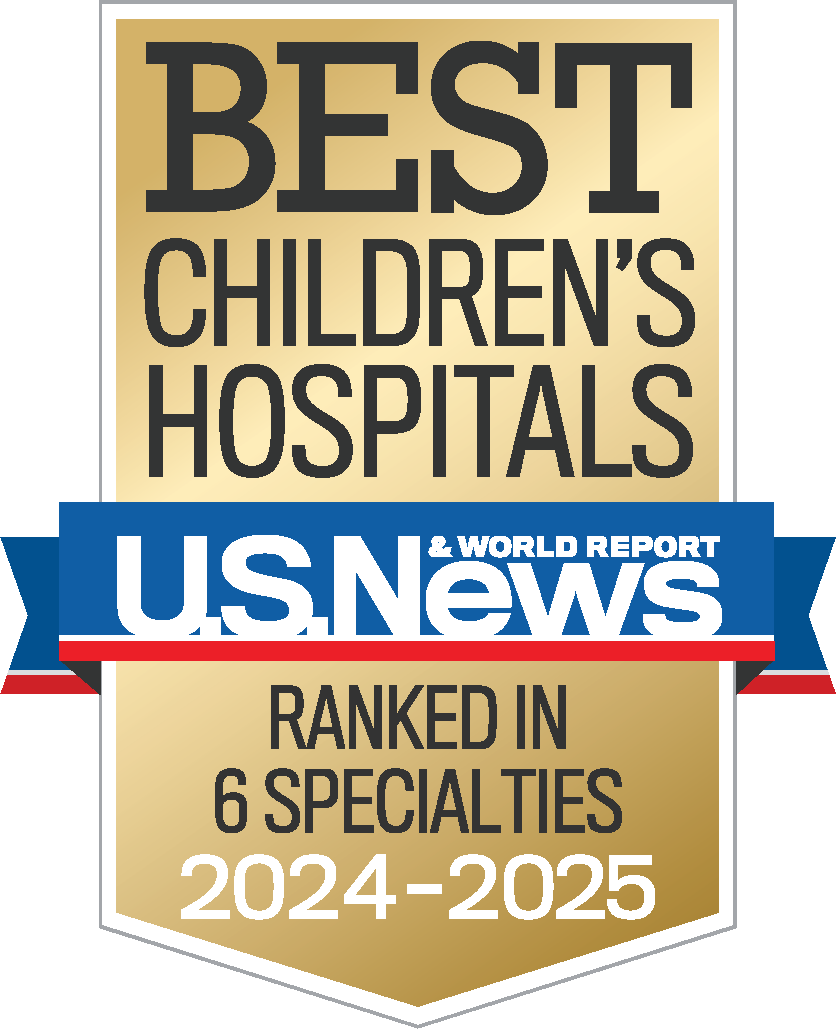Aerodigestive Care Coordination
 For children with complex airway and nutritional symptoms
For children with complex airway and nutritional symptoms
Some of the medical symptoms that benefit from Aerodigestive care coordination.
- Chronic cough
- Noisy breathing
- Feeding difficulties
- Breathing problems
- Gastroesophageal reflux
- Difficulty gaining weight
- Feeding aversion
- Vocal cord dysfunction
- Swallowing dysfunction
- Airway obstruction
- Eosinophilic esophagitis
- Tracheostomy
- Subglottic Stenosis
- Aspiration related lung disease
- Obstructive sleep apnea
- Tracheomalacia
- Laryngomalacia
- Tracheoesophageal fistula
- Esophageal atresia
Here is a list of tests that are frequently used to help diagnose and improve therapy for your child:
- Direct laryngoscopy/bronchoscopy (DLB) – a look at the airway focusing on the larynx and trachea
- Flexible bronchoscopy (Flex scope) – a look at the airway from the nose to the lower airways
- Bronchoalveolar lavage (BAL) – a tool to see what bacteria might be in the lower airway. In brief, a small amount of salt water is intermixed with airway secretions and suctioned to recover any bacteria that might cause lower airway bronchitis
- Esophagogastroduodenoscopy (EGD) – a look at the esophagus, stomach and duodenum
- Triple endoscopy – care coordination in which the three studies listed above (DLB, Flex scope with BAL, and EGD) are performed at the same time to detect any airway, esophageal or stomach disease
- pH/impedance probe - a test to screen for reflux disease
- Modified barium swallow (MBS, swallow study) – a barium x-ray to evaluate swallowing function
- Upper GI (UGI) – a barium x-ray that looks at anatomy of the esophagus, stomach and duodenum
- Esophagram – a barium x-ray that looks specifically at the esophagus




